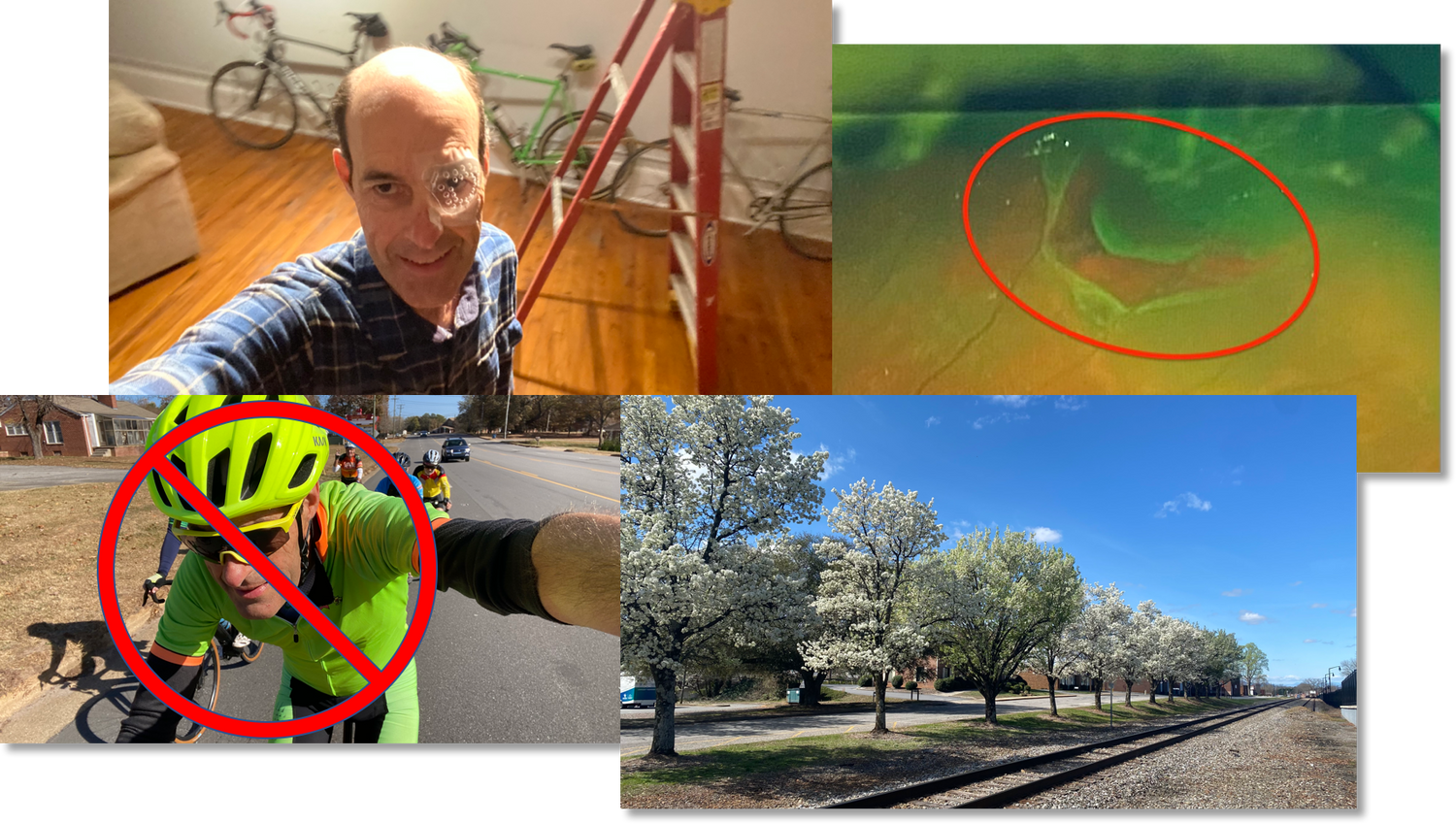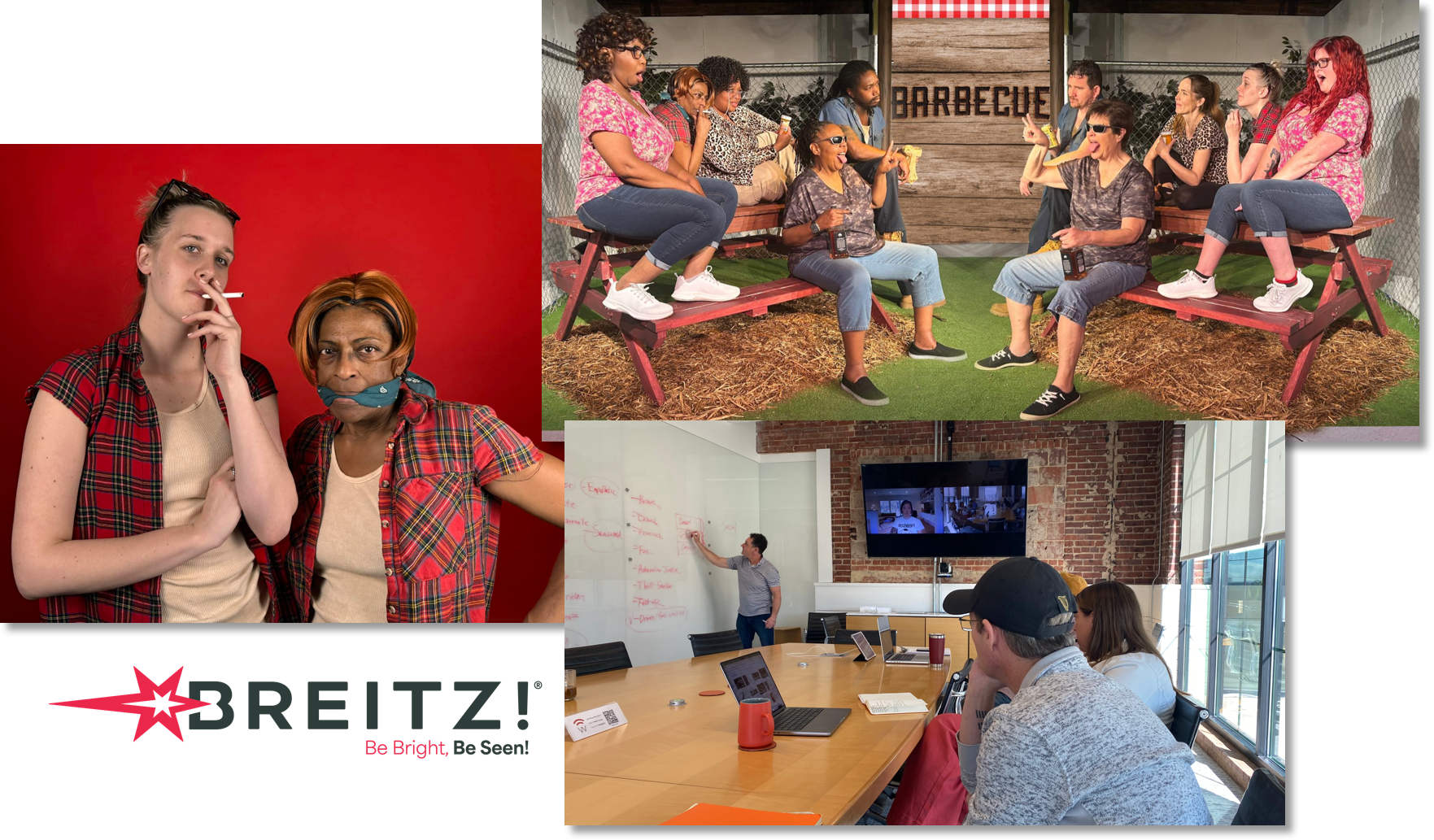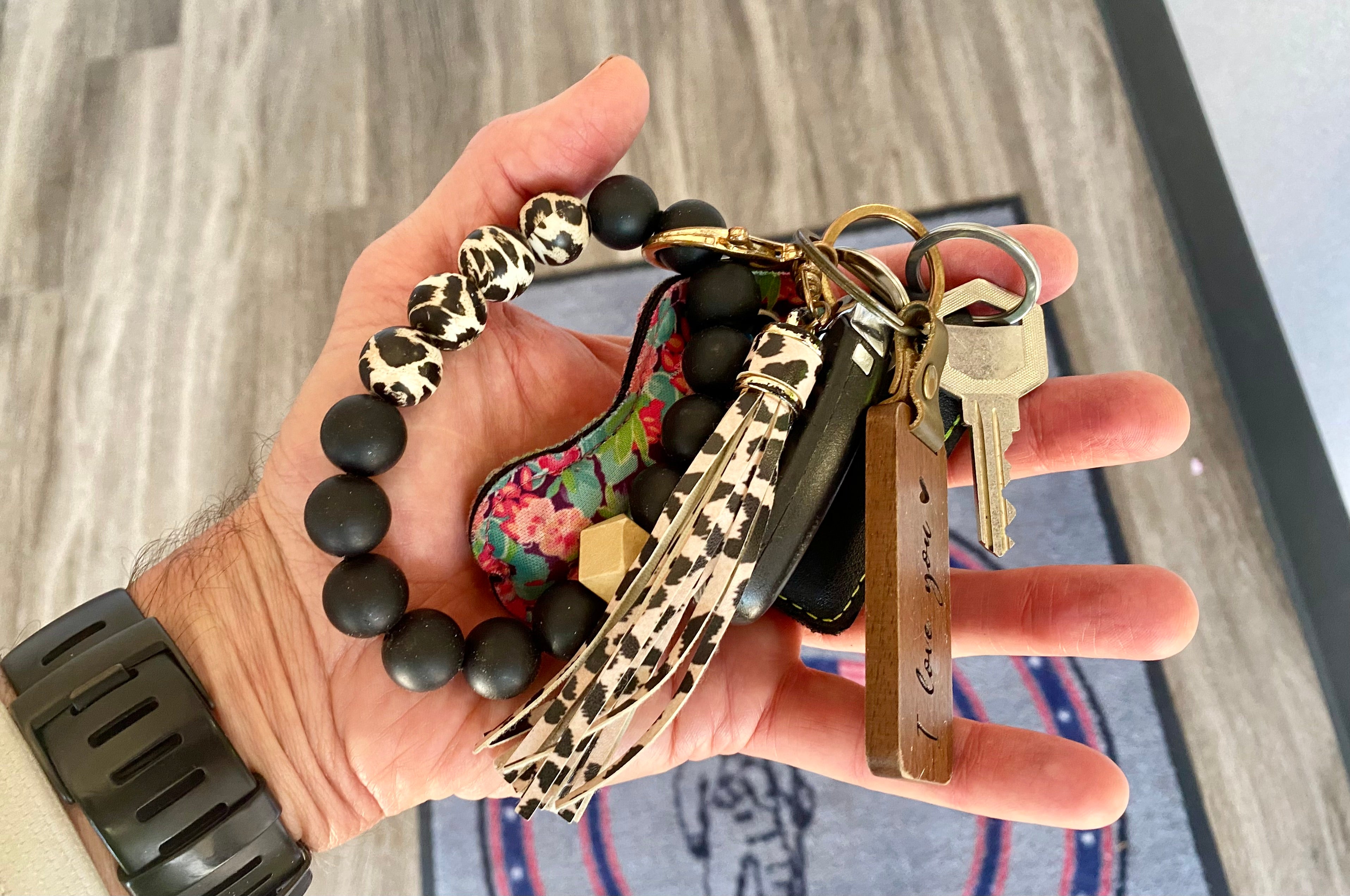
A couple posts ago, I wrote about taking voluntary, mindful steps to get out of what can become a mindless rut. Those steps include deciding deliberately to make a change to get out of that rut, making sure that change is realistic and then taking purposeful action to make that change real.
The key word above is "voluntary". And, like I mentioned at the end of that post, there's a double-side to change that is not voluntary and that can either disturb us greatly or give us the opportunity to accept and adapt, all mindfully, to what has quickly become a "what is" beyond our control.
Here's a personal example. One night a few weeks ago not long after having cataract surgery in both eyes, I suddenly saw what looked very distinctly like smoke curling up from a candle inside my eye and right away thought that could only mean my inner eye was bleeding. I dialed up the ophthalmologist on call where I'd had the surgery. "Sounds like posterior vitreous detachment." "From the retina?" I asked. "Yes. Call for an appointment in the morning. Someone will see you right away."
Forget the phone call. I drove straight to the eye docs the next day and was seen as soon as they opened as promised. The doc who examined me confirmed what I'd been told the night before and referred me to a retina specialist. That specialist a week later then used a laser strapped to her head to create a wall of scarring to prevent fluid from leaking behind the horseshoe tear in my retina circled below in red. (Enlarged image on the left shows the untreated tear. The black & white image on the far right shows the laser-dotted scarring field best.)
 Now, the "what is's". "What is, 1": The retina doc said she was hopeful that the laser induced scarring would both prevent further tearing in my retina and the need for follow-on surgery.
Now, the "what is's". "What is, 1": The retina doc said she was hopeful that the laser induced scarring would both prevent further tearing in my retina and the need for follow-on surgery.
"What is, 2": The significant "floaters" made of blood that leaked from the tear into my vitreous humor (fluid in the middle of the eye) - the "curling smoke" I saw - make it seem like I'm looking through a curtain in my left eye. "That could take 2 weeks to 2 months to clear - if it does at all. And if it doesn't, there are other steps we can take."
The 3rd "What is": No biking because just normal bouncing on the road could worsen the tear.
There's nothing I can do about "What is" 1 and 2 except to accept them. And even though, the thought of "Really? This is happening to me?" has popped in my head, I've responded with, "Yep! That's how it is." And that acceptance, with a good shot of optimism, is all the more poignant when I keep in mind that I'm actively and mindfully grateful for the fantastic technology we have to deal with eye problems like those I'm dealing with now.
Regarding "What is" 3, I've accepted that I can't hop on the bike and, as painful as that was to hear at first, I've adapted to it by walking as much as I can. And while I'm walking, just like I do on the bike - and very much like the idea above regarding technology - I'm mindfully grateful for how fortunate I am just to be able to walk - and to see - and I make it a point really to enjoy every sight I see, like the beauty of blossoms on a tree in the middle of our downtown Hickory both from a distance and up close and really taking in how that beauty no kidding changes from day to day and walk to walk.

Even writing about this now is cathartic and reinforces my optimistic "take nothing for granted" gratitude for the incredible luxury I enjoy being able to see and move the way I can even though my vision is still slightly impaired.
If you're in good shape and able to move and see freely, I very much hope you feel the same way!





1 comment
Gary kelley
You not on a bike? Say it ain’t so!
Could you ride on a Peleton watching the scenery on the screen?
I know it’s not the same – and you love biking.
Leave a comment
All comments are moderated before being published.
This site is protected by hCaptcha and the hCaptcha Privacy Policy and Terms of Service apply.